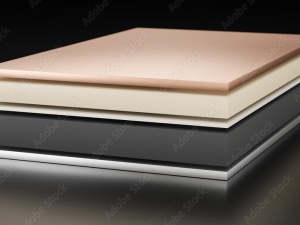An Ultra-Low Self-Discharge Aqueous|Organic Membraneless Battery with Minimized Br2 Cross-Over
Abstract
Batteries dissolving active materials in liquids possess safety and size advantages compared to solid-based batteries, yet the intrinsic liquid properties lead to material cross-over induced self-discharge both during cycling and idle when the electrolytes are in contact, thus highly efficient and cost-effective solutions to minimize cross-over are in high demand. An ultra-low self-discharge aqueous|organic membraneless battery using dichloromethane (CH2Cl2) and tetrabutylammonium bromide (TBABr) added to a zinc bromide (ZnBr2) solution as the electrolyte is demonstrated. The polybromide is confined in the organic phase, and bromine (Br2) diffusion-induced self-discharge is minimized. At 90% state of charge (SOC), the membraneless ZnBr2|TBABr (Z|T) battery shows an open circuit voltage (OCV) drop of only 42 mV after 120 days, 152 times longer than the ZnBr2 battery, and superior to 102 previous reports from all types of liquid active material batteries. The 120-day capacity retention of 95.5% is higher than commercial zinc-nickel (Zn–Ni) batteries and vanadium redox flow batteries (VRFB, electrolytes stored separately) and close to lithium-ion (Li-ion) batteries. Z|T achieves >500 cycles (2670 h, 0.5 m electrolyte, 250 folds of membraneless ZnBr2 battery) with ≈100% Coulombic efficiency (CE). The simple and cost-effective design of Z|T provides a conceptual inspiration to regulate material cross-over in liquid-based batteries to realize extended operation.



